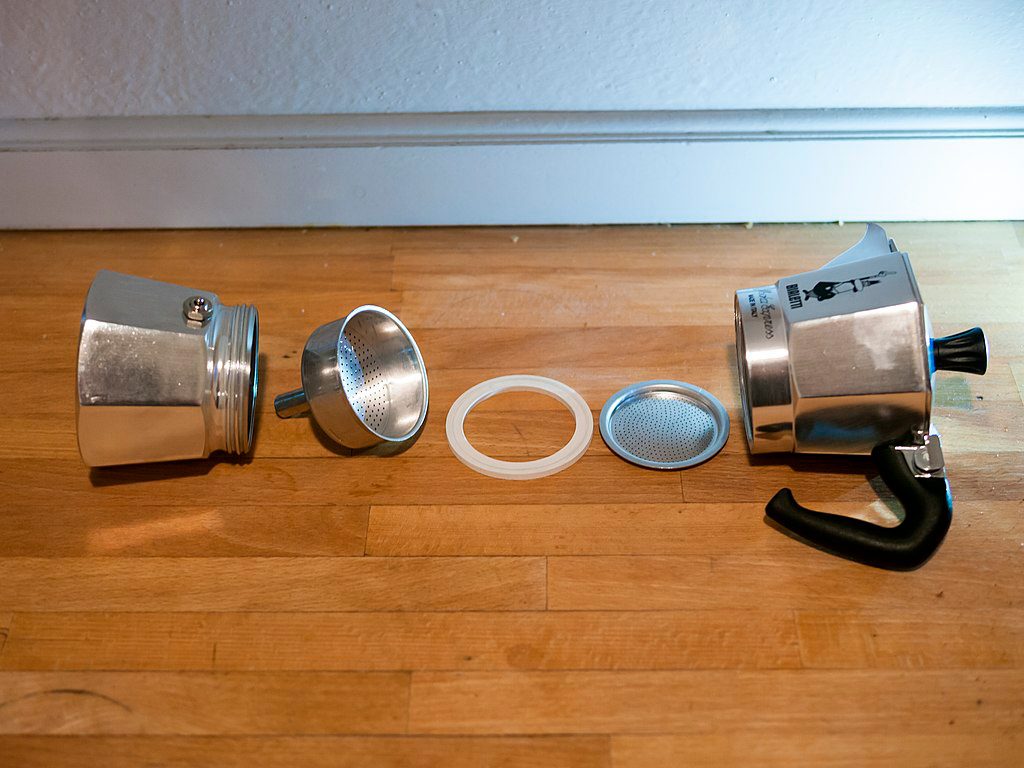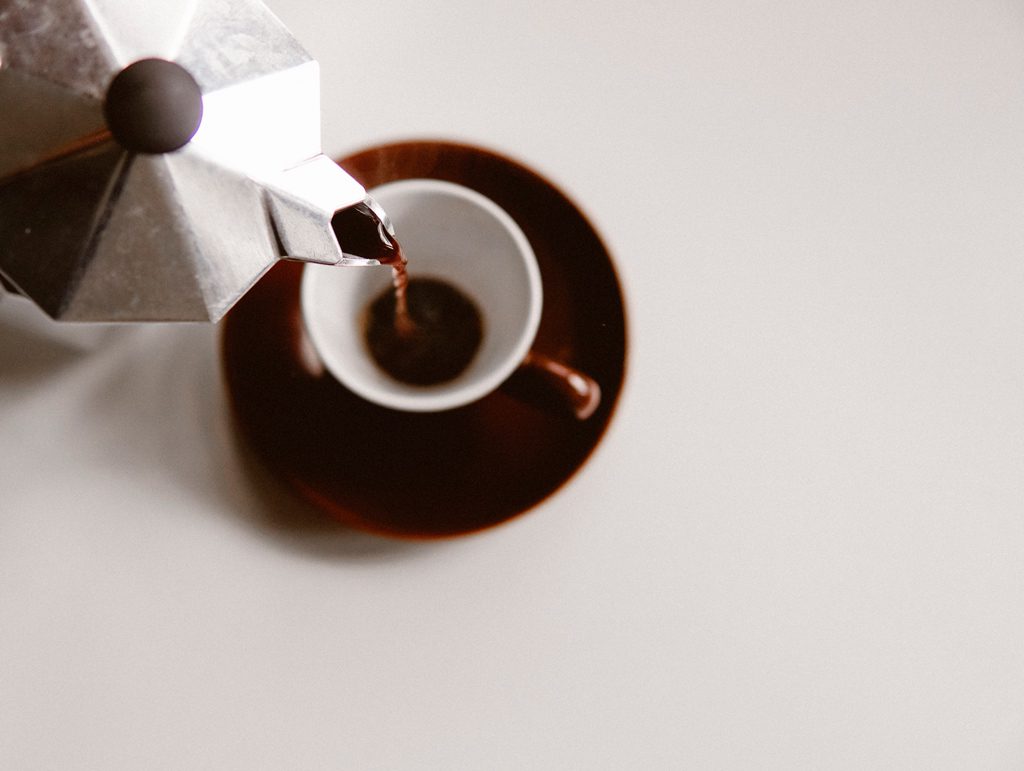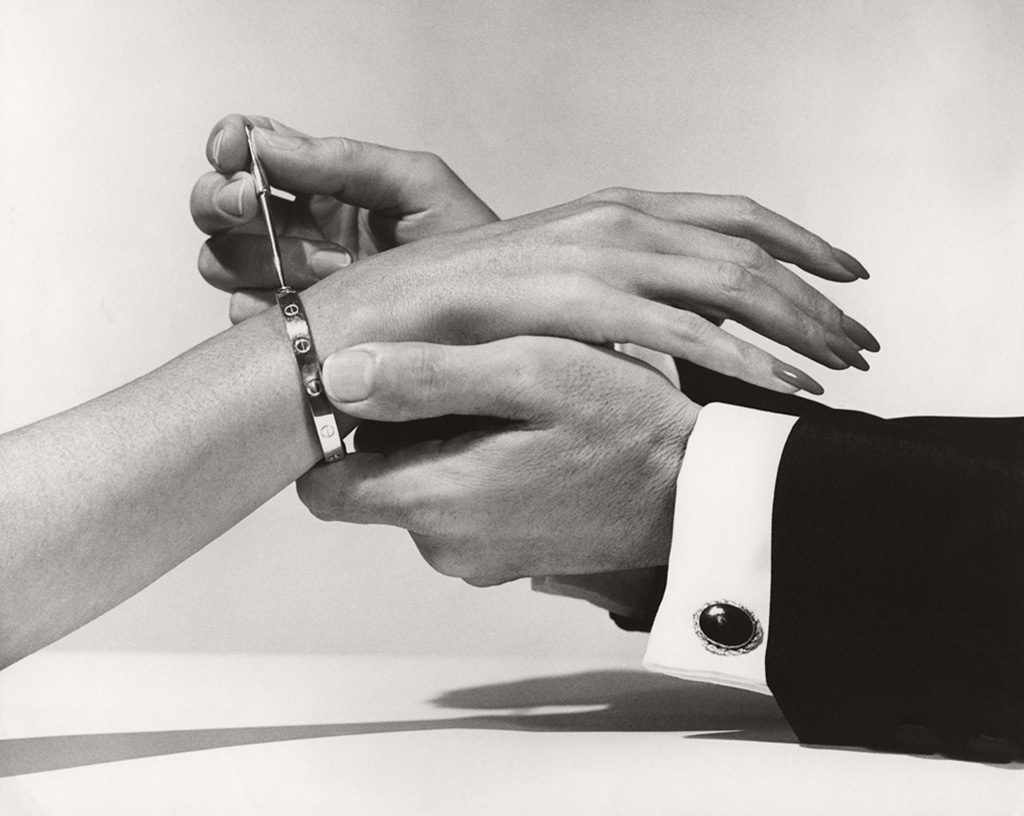The Moka Bialetti has become an icon in the world of design, a symbol of tradition and quality made in Italy.
It is the coffee machine that has conquered generations of coffee lovers, thanks to its simplicity of use and the intense flavour it infuses.
The history of the Moka Bialetti
It was born in 1933 thanks to Alfonso Bialetti. His aim was to offer everyone the chance to enjoy quality coffee, similar to that served in bars. The engineer wanted to encourage moments of pleasure and sharing, bringing people together around a cup of coffee. The object was so successful that it became a symbol of the art of Italian living.
The basic idea was to convey enough pressure to create an intense and aromatic coffee and the inspiration came from observing an everyday tradition: doing laundry.
Washerwomen carried out this activity with the lisciveuse: a vessel heated over the fire, equipped with a hollow steel tube in the centre, into which clothes were placed. The mechanism allowed the boiling water to rise through the central tube and evenly distribute the soap.
It was the silhouette of Alfonso Bialetti’s wife that inspired the iconic shape of the Moka and its famous eight-sided geometry. The elegant figure of the woman, with her broad shoulders, narrow waist and pleated skirt, was reflected in the formal design of the machine.
The term ‘Moka’ was chosen as a tribute to the city of Mokha in Yemen, a place famous for the production of a highly prized variety of coffee.

The Little Man with the Moustache
Paul Campani, a talented cartoonist, created the Bialetti brand inspired by his friend Renato (Alfonso’s son) who wore that distinctive moustache.
The little man with the moustache began to be known through cartoons, but became really famous thanks to his participation in the pre-summer TV programme Carosello.
The picture shows him with his finger raised, a gesture reminiscent of ordering an espresso coffee. His likability and his embodiment of the average Italian coffee consumer allowed him to win the hearts of many people.
The components
The Bialetti Moka is composed of several elements that work together to prepare coffee.
The base is the lower part and is the one that is filled with cold water. It has a bell shape and is equipped with a safety valve that regulates the pressure inside the machine. The upper part, also known as the ‘tank’, is the part into which the distilled coffee is poured. It has a cylinder shape with a spout for serving.
The filter is inside the base and is the element where the ground coffee is inserted. It is usually made of aluminium or stainless steel and has microscopic holes, which allow water to pass through. The gasket, made of rubber or silicone, ensures an airtight seal between the base and the top and ensures that the pressure generated inside the machine does not dissipate during coffee preparation.
The central tube connects the base with the upper part and pushes the hot water under pressure upwards through the ground coffee in the filter.
The handle, made of heat-resistant material, allows the machine to be handled safely even when hot. The lid serves to hold the extracted coffee in the reservoir and is removable or hinged; it can have a small hole or a valve to allow steam to escape during preparation.

The preparation of a coffee
The preparation of a coffee with the Moka Bialetti is quite simple; for many, it is a procedure that is done on a daily basis.
Thefirst action is to fill the base withwater without exceeding the safety valve, to allow it to fulfil its purpose . Once the base has been prepared , the filter is filled with ground coffee and screwed on firmly to prevent pressure loss.
Correctly assembled, the Moka is placed on a heat source, such as a gas cooker or an electric or induction hob. The optimum temperature is not very high, to prevent the coffee from burning.
The coffee should be stirred in the reservoir with a spoon before serving, to even out the concentration.
No less important is maintenance. After each use, it is advisable to disassemble the Moka pot and thoroughly clean all its parts of oils and process residues, using only water, no detergents. It is also advisable to replace the gasket periodically.

The Milan Triennale and the exhibition at MoMA
The Moka Bialetti, known to coffee lovers all over the world, is on permanent display in important cultural institutions such as the Milan Tri ennale and the Museum of Modern Art (the MoMA) in New York, which recognise its importance as a popular design object and its relevance to Italian and global culture.
An excellent example of Art Deco, thehe Moka Bialetti continues to inspire designers, coffee aficionados and design lovers all over the world and is considered a timeless milestone of Made in Italy.
Leonardo Vignoli
@Stiledesign. Reproduction reserved
Youmight also be interested in:










